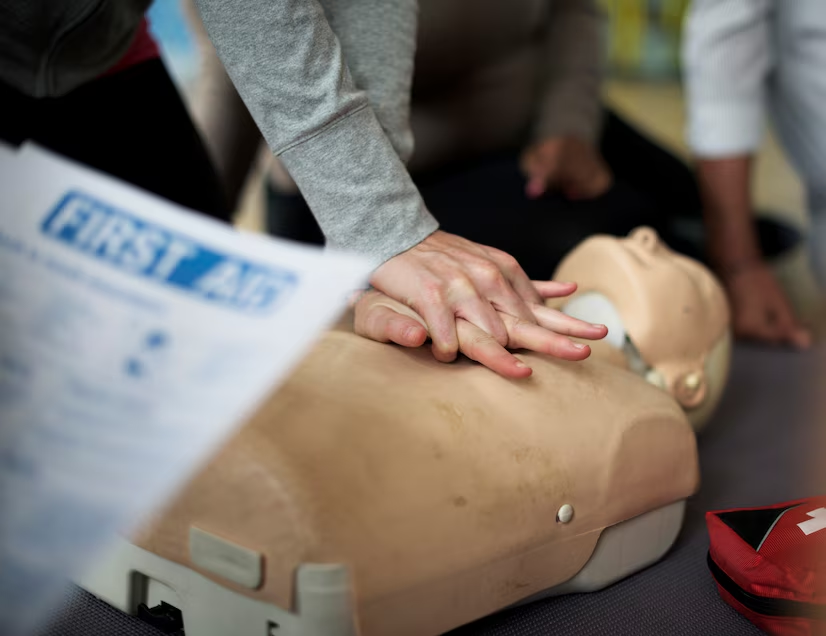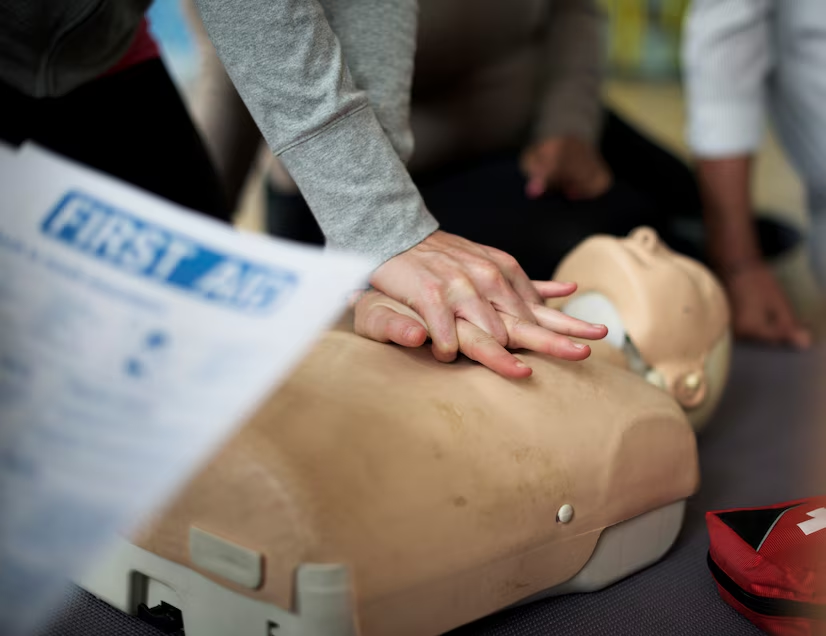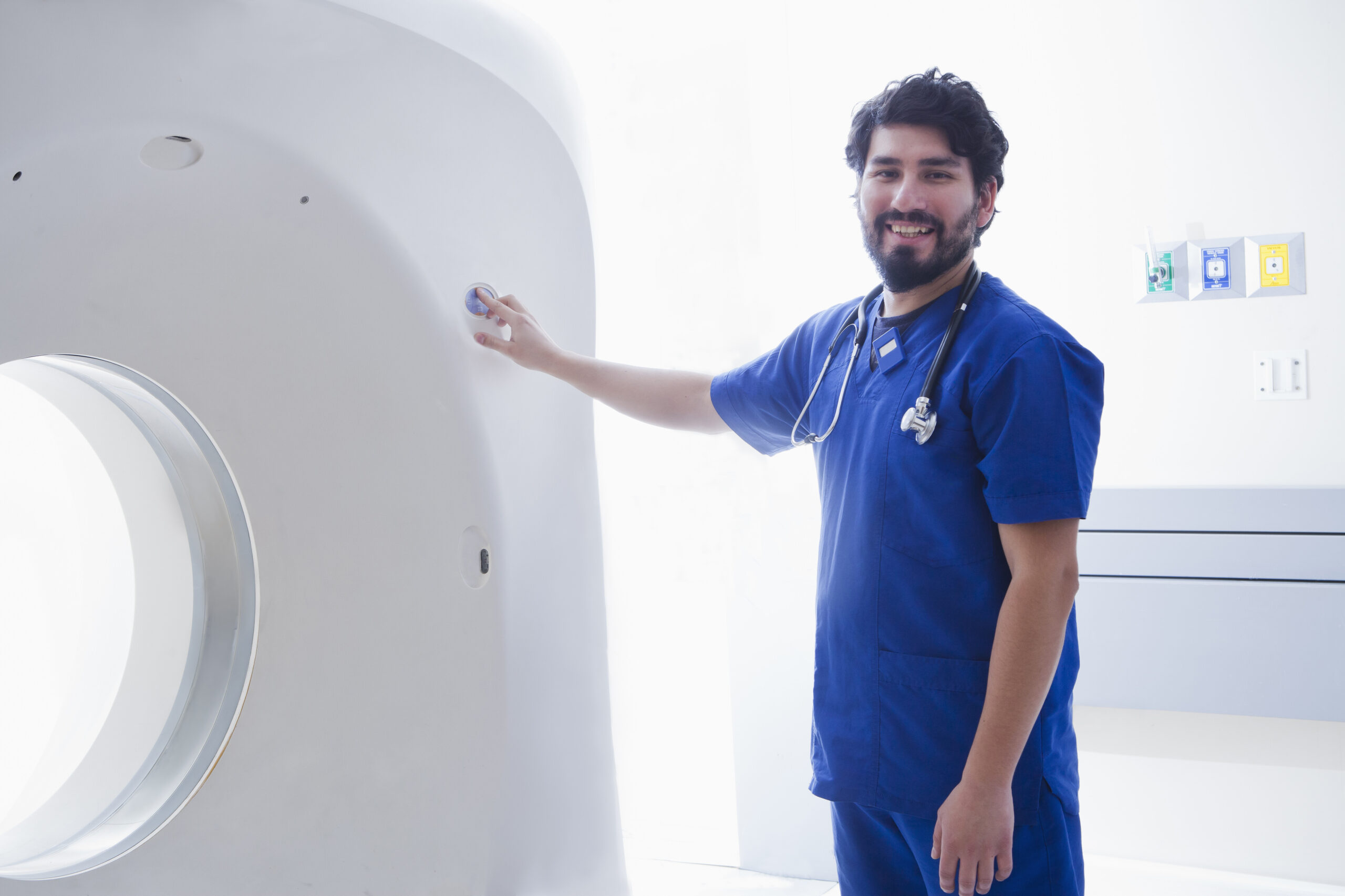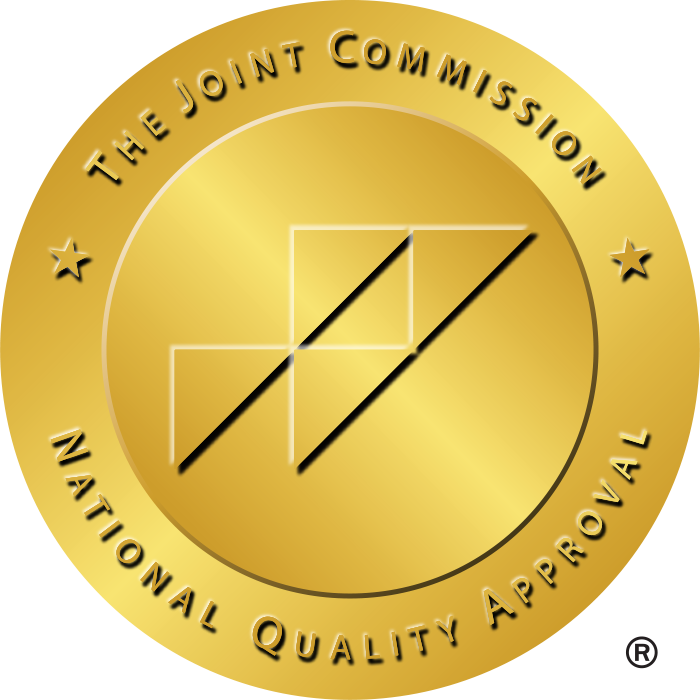Must-Have Certifications for Travel PTAs
Travel physical therapist assistants (Travel PTAs) are a big part of restoring patients to mobility and a better quality of life with the added benefits of flexibility and adventure in short-term assignments across the country. As demand for therapy positions continues to increase steadily, especially in travel positions, standing out in a competitive profession takes more than your associate degree and license. To gain the best travel PTA jobs and enhance your earning capacity, it is very important to have certifications that demonstrate your skills and commitment to delivering high-quality patient care.
If you are interested in a travel PTA career or seeking to enhance your resume for preferable assignments, the following is an overview of the important certifications that will place you ahead of others.
1. Basic Life Support (BLS) Certification
First on the list is BLS certification. This certification is usually non-negotiable for any medical position, especially in facilities such as hospitals, outpatient facilities, and skilled nursing homes. Presented by the American Heart Association or the American Red Cross, BLS training involves important life-saving methods such as:
- CPR for adults, children, and infants
- Use of automated external defibrillators (AEDs)
- Relief of choking in responsive and unresponsive patients
Travel PTAs who are BLS-certified are better at responding to emergency situations. This makes them become more desirable to both employers and patients.
2. Cardiopulmonary Resuscitation (CPR) Certification
While it is almost always bundled together with BLS, an independent CPR certification is sometimes mandated. It is particularly required by small facilities or home health organisations. It may not seem complex, but having this credential current (ordinarily every two years) reflects your preparedness to respond in life-and-death situations.

Image Source: Freepik
While looking over travel jobs or signing on with a medical staffing firm, make sure that your CPR certification is current and sanctioned by a nationally accredited agency.
3. Physical Agent Modalities Certification
Physical therapist assistants practicing in states such as California or Pennsylvania might require specific training or certification in physical agent modalities (PAMs). This is the therapeutic application of ultrasound, electrical stimulation, diathermy, and other equipment. State regulations differ, but some states require that you must provide evidence of formal education in PAMs before you are allowed to treat patients with these modalities.
For travel PTAs, having a PAM certification on your resume broadens your eligible locations and shows employers that you are ready to hit the ground running.
4. LSVT BIG Certification (Parkinson’s Therapy)
If your goal is to work with Parkinson’s disease and other movement disorders patients, an LSVT BIG certification offers a specialized credential that can help you become more competitive in the job marketplace. The certification educates physical therapists and their assistants in an organised treatment modality aimed at enhancing mobility, strength, and balance while they fulfil their basic duties.

Image Source: Freepik
With neurological conditions increasing in frequency and more facilities in need of specialists, this certification can help you in getting travel PTA opportunities in outpatient neuro rehab, home health, and skilled nursing facilities.
5. NDT Certification (Neuro-Developmental Treatment)
Neuro-Developmental Treatment (NDT) is a manual treatment method for people with neurological disorders like cerebral palsy or stroke. Although this is a more advanced certification, PTAs working with supervising physical therapists in rehab facilities can benefit from NDT training.
Though not necessary for all travel physical therapist assistant positions, NDT certification can put you on the higher-paying scale with pediatric and adult neuro rehab clinics.
6. OSHA and HIPAA Compliance Training
Where you work is irrelevant as patient safety and privacy are always the priority. OSHA and HIPAA training are important for many healthcare staffing agencies and travel assignments. These short courses address:
- Infection control
- Exposure to bloodborne pathogens
- Workplace safety protocols
- Patient confidentiality standards
Remaining compliant with OSHA and HIPAA not only satisfies facility demands but also makes sure that you are a professional and responsible healthcare provider to your employers.
7. Specialized Certifications by Patient Population
Depending on your field of interest, you might be interested in pursuing certifications that work with a particular patient demographic. These are:
- Pediatrics: Pediatric therapeutic interventions or developmental milestones courses
- Geriatrics: Fall prevention or senior mobility strategies certifications
- Orthopedics: Post-op rehab training for total knee and hip replacements
With more hospitals in pursuit of PTAs with specialty skills, these extra certifications will help you in securing more targeted and rewarding traveling positions.
8. NRP Certification (Neonatal Resuscitation Program)
Although not required for all PTA positions, NRP certification can be beneficial if you are part of a multidisciplinary team that involves NICU personnel or pediatric specialists. It is useful if you intend to assist therapy programs in hospitals or clinics that treat infants and children.
Travel PTAs with NRP certification are more likely to be hired for jobs in family-centered facilities or pediatric rehab centers.
9. Infection Control Certification
Since the COVID-19 pandemic, most healthcare employers have increased infection control measures. Being certified in infection control, or having up-to-date certification, can heavily increase your chances of securing assignments quickly. Getting certification that is acknowledged by your state board will give you a better chance at selection and assignment priority.
More states now actually require this certification during hospital or long-term care facility placements as part of onboarding. Travel physical therapist assistants who are already certified will stand out to hiring managers during the recruitment process.
Why Certifications Matter in Travel Assignments
When you are competing for high-demand travel physical therapist assistant jobs, certifications are your guarantee of competence, flexibility, and initiative. Most facilities have short-staffed situations and require travelers who can make an impact from day one. That implies the more you are trained, the more doors you will open in terms of geography and pay.
Furthermore, medical staffing agencies tend to prefer certified PTAs when filling competitive travel positions with candidates. Also, they understand that credentialed practitioners reduce liability and significantly improve patient outcomes.
How to Stay Organized with Your Certifications
Having multiple certifications is a challenge to keep up with. Here are some suggestions for keeping up with your credentials:
- Save digital versions of all certification cards and renewal dates
- Use a credential tracker or app for reminder notifications on recertification
- Inform your medical staffing agency whenever you undergo additional training
Staying organized and on your toes prevents delays in onboarding and enhances the appeal of your application to recruiters.
Boost Your Value in the Travel PTAs Market
Certifications are not a formality. They are an intelligent investment in your future. With demand still on the rise for therapy jobs and travel PTAs positions, employers are continuously on the lookout for well-rounded professionals with proven and certified expertise.
Whether you are interviewing for your first physical therapist assistant job or seeking to expand into new regions through a healthcare staffing agency, getting these important certifications can provide the leverage you need to succeed in today’s high-pressure travel health environment. Want to discover more Travel physical therapist assistant opportunities? Join us at StaffDNA to find shifts that suit your needs!
Travel physical therapist assistants (Travel PTAs) are a big part of restoring patients to mobility and a better quality of life with the added benefits of flexibility and adventure in short-term assignments across the country. As demand for therapy positions continues to increase steadily, especially in travel positions, standing out in a competitive profession takes more than your associate degree and license. To gain the best travel PTA jobs and enhance your earning capacity, it is very important to have certifications that demonstrate your skills and commitment to delivering high-quality patient care.
If you are interested in a travel PTA career or seeking to enhance your resume for preferable assignments, the following is an overview of the important certifications that will place you ahead of others.
1. Basic Life Support (BLS) Certification
First on the list is BLS certification. This certification is usually non-negotiable for any medical position, especially in facilities such as hospitals, outpatient facilities, and skilled nursing homes. Presented by the American Heart Association or the American Red Cross, BLS training involves important life-saving methods such as:
- CPR for adults, children, and infants
- Use of automated external defibrillators (AEDs)
- Relief of choking in responsive and unresponsive patients
Travel PTAs who are BLS-certified are better at responding to emergency situations. This makes them become more desirable to both employers and patients.
2. Cardiopulmonary Resuscitation (CPR) Certification
While it is almost always bundled together with BLS, an independent CPR certification is sometimes mandated. It is particularly required by small facilities or home health organisations. It may not seem complex, but having this credential current (ordinarily every two years) reflects your preparedness to respond in life-and-death situations.

Image Source: Freepik
While looking over travel jobs or signing on with a medical staffing firm, make sure that your CPR certification is current and sanctioned by a nationally accredited agency.
3. Physical Agent Modalities Certification
Physical therapist assistants practicing in states such as California or Pennsylvania might require specific training or certification in physical agent modalities (PAMs). This is the therapeutic application of ultrasound, electrical stimulation, diathermy, and other equipment. State regulations differ, but some states require that you must provide evidence of formal education in PAMs before you are allowed to treat patients with these modalities.
For travel PTAs, having a PAM certification on your resume broadens your eligible locations and shows employers that you are ready to hit the ground running.
4. LSVT BIG Certification (Parkinson’s Therapy)
If your goal is to work with Parkinson’s disease and other movement disorders patients, an LSVT BIG certification offers a specialized credential that can help you become more competitive in the job marketplace. The certification educates physical therapists and their assistants in an organised treatment modality aimed at enhancing mobility, strength, and balance while they fulfil their basic duties.

Image Source: Freepik
With neurological conditions increasing in frequency and more facilities in need of specialists, this certification can help you in getting travel PTA opportunities in outpatient neuro rehab, home health, and skilled nursing facilities.
5. NDT Certification (Neuro-Developmental Treatment)
Neuro-Developmental Treatment (NDT) is a manual treatment method for people with neurological disorders like cerebral palsy or stroke. Although this is a more advanced certification, PTAs working with supervising physical therapists in rehab facilities can benefit from NDT training.
Though not necessary for all travel physical therapist assistant positions, NDT certification can put you on the higher-paying scale with pediatric and adult neuro rehab clinics.
6. OSHA and HIPAA Compliance Training
Where you work is irrelevant as patient safety and privacy are always the priority. OSHA and HIPAA training are important for many healthcare staffing agencies and travel assignments. These short courses address:
- Infection control
- Exposure to bloodborne pathogens
- Workplace safety protocols
- Patient confidentiality standards
Remaining compliant with OSHA and HIPAA not only satisfies facility demands but also makes sure that you are a professional and responsible healthcare provider to your employers.
7. Specialized Certifications by Patient Population
Depending on your field of interest, you might be interested in pursuing certifications that work with a particular patient demographic. These are:
- Pediatrics: Pediatric therapeutic interventions or developmental milestones courses
- Geriatrics: Fall prevention or senior mobility strategies certifications
- Orthopedics: Post-op rehab training for total knee and hip replacements
With more hospitals in pursuit of PTAs with specialty skills, these extra certifications will help you in securing more targeted and rewarding traveling positions.
8. NRP Certification (Neonatal Resuscitation Program)
Although not required for all PTA positions, NRP certification can be beneficial if you are part of a multidisciplinary team that involves NICU personnel or pediatric specialists. It is useful if you intend to assist therapy programs in hospitals or clinics that treat infants and children.
Travel PTAs with NRP certification are more likely to be hired for jobs in family-centered facilities or pediatric rehab centers.
9. Infection Control Certification
Since the COVID-19 pandemic, most healthcare employers have increased infection control measures. Being certified in infection control, or having up-to-date certification, can heavily increase your chances of securing assignments quickly. Getting certification that is acknowledged by your state board will give you a better chance at selection and assignment priority.
More states now actually require this certification during hospital or long-term care facility placements as part of onboarding. Travel physical therapist assistants who are already certified will stand out to hiring managers during the recruitment process.
Why Certifications Matter in Travel Assignments
When you are competing for high-demand travel physical therapist assistant jobs, certifications are your guarantee of competence, flexibility, and initiative. Most facilities have short-staffed situations and require travelers who can make an impact from day one. That implies the more you are trained, the more doors you will open in terms of geography and pay.
Furthermore, medical staffing agencies tend to prefer certified PTAs when filling competitive travel positions with candidates. Also, they understand that credentialed practitioners reduce liability and significantly improve patient outcomes.
How to Stay Organized with Your Certifications
Having multiple certifications is a challenge to keep up with. Here are some suggestions for keeping up with your credentials:
- Save digital versions of all certification cards and renewal dates
- Use a credential tracker or app for reminder notifications on recertification
- Inform your medical staffing agency whenever you undergo additional training
Staying organized and on your toes prevents delays in onboarding and enhances the appeal of your application to recruiters.
Boost Your Value in the Travel PTAs Market
Certifications are not a formality. They are an intelligent investment in your future. With demand still on the rise for therapy jobs and travel PTAs positions, employers are continuously on the lookout for well-rounded professionals with proven and certified expertise.
Whether you are interviewing for your first physical therapist assistant job or seeking to expand into new regions through a healthcare staffing agency, getting these important certifications can provide the leverage you need to succeed in today’s high-pressure travel health environment. Want to discover more Travel physical therapist assistant opportunities? Join us at StaffDNA to find shifts that suit your needs!







